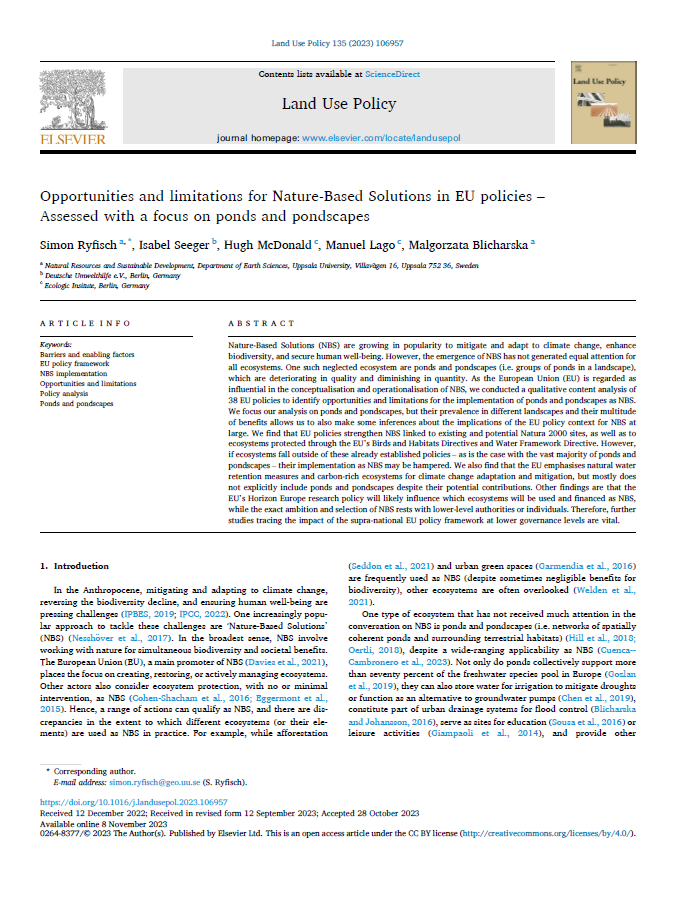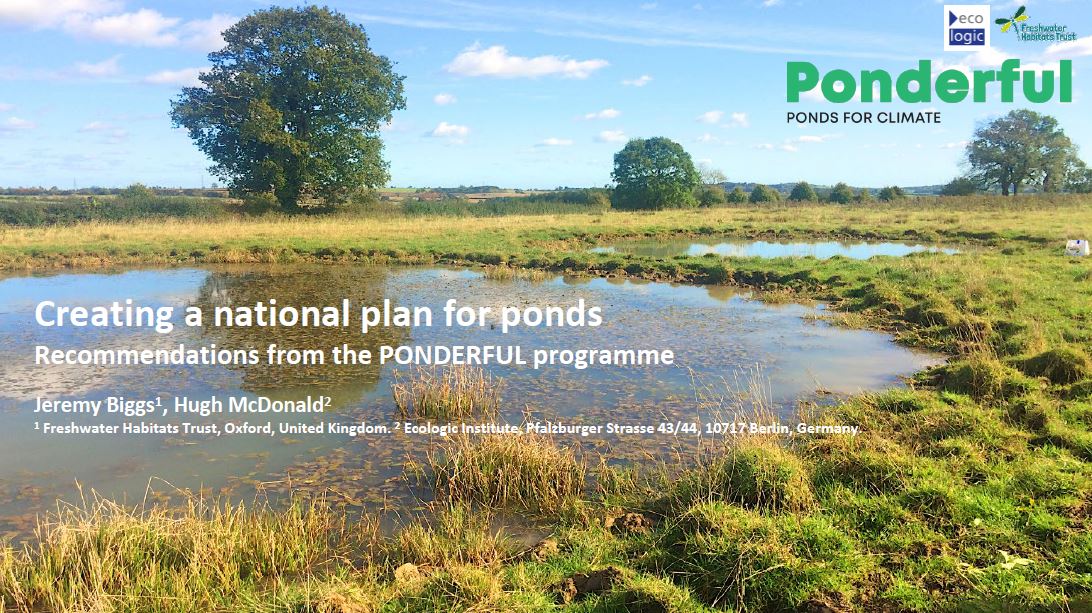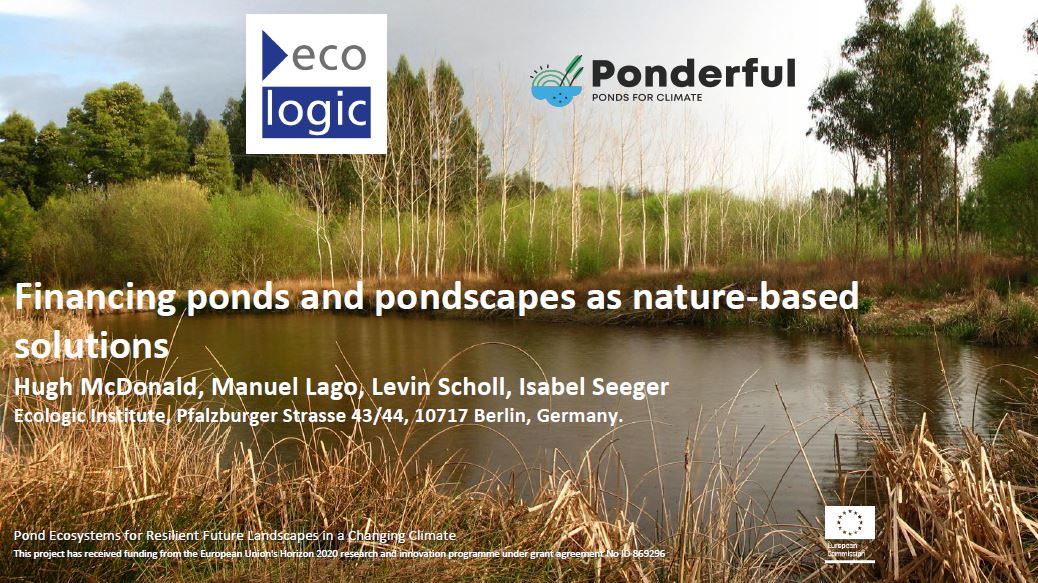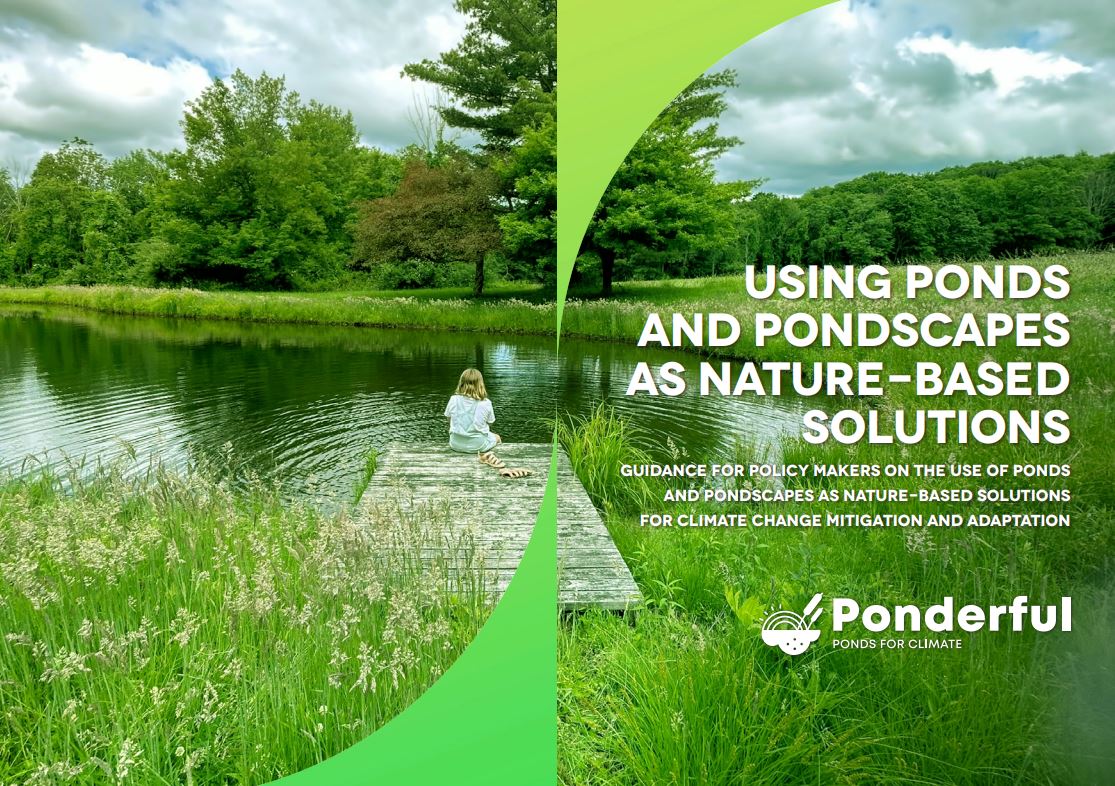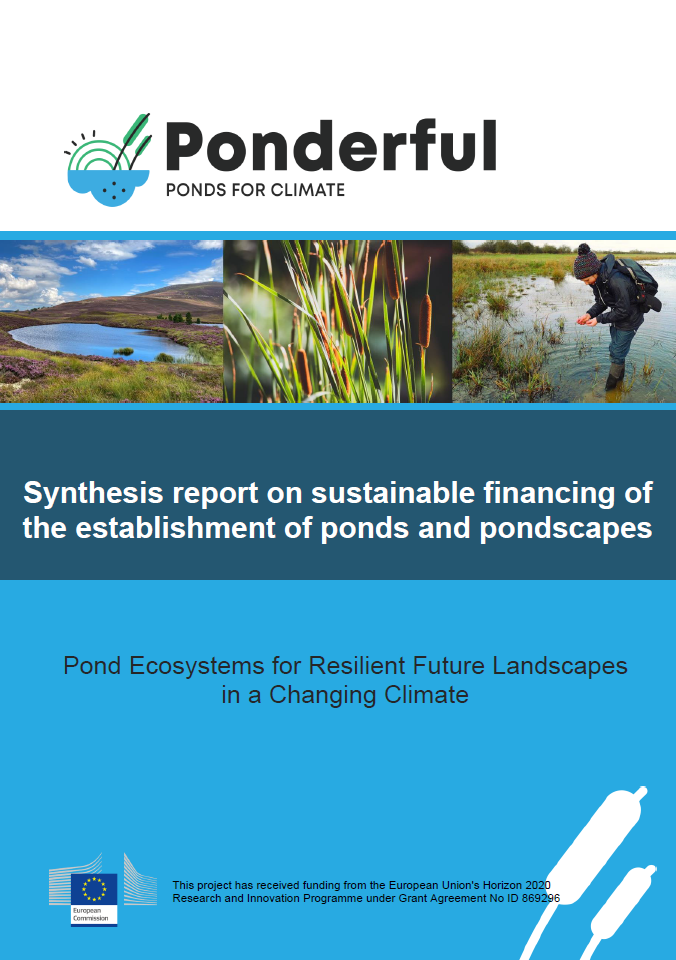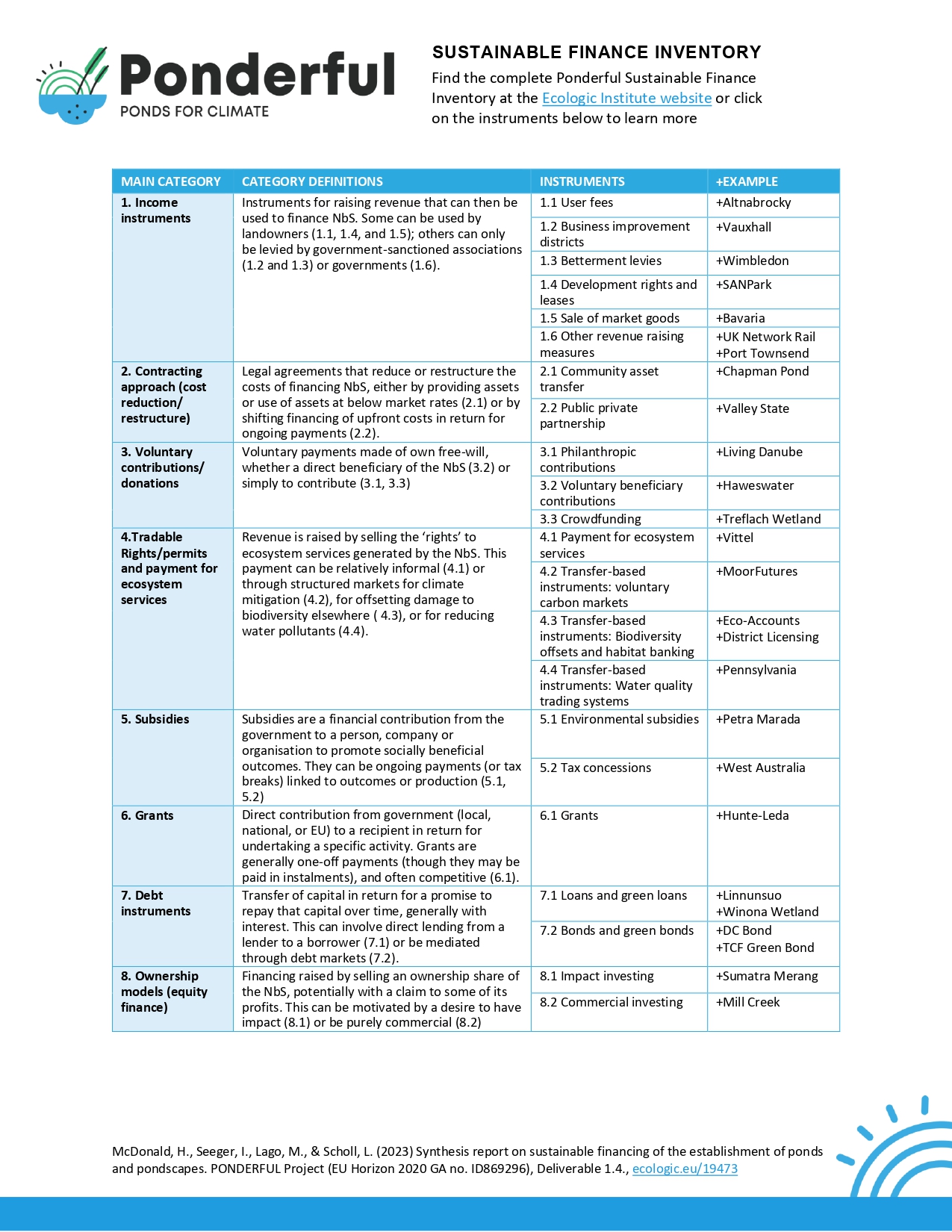Opportunities and Limitations for Nature-Based Solutions in EU Policies
Assessed with a focus on ponds and pondscapes
- Publication
- Citation
Ryfisch, S. et al. (2023) ‘Opportunities and limitations for nature-based solutions in EU policies – assessed with a focus on ponds and pondscapes’, Land Use Policy, 135, p. 106957. doi:10.1016/j.landusepol.2023.106957.
Nature-Based Solutions (NBS) have emerged as a pivotal approach for addressing climate change, fostering biodiversity, and ensuring human well-being. However, the spotlight on NBS has not been evenly distributed across ecosystems. Ponds and pondscapes, often overlooked and declining in both quality and quantity, stand as one such neglected ecosystem. Recognizing the European Union's (EU) influential role in shaping NBS conceptualization, we undertook a qualitative content analysis of 38 EU policies to discern opportunities and limitations in implementing ponds and pondscapes as NBS. While our primary focus is on these aquatic habitats, their ubiquity and diverse benefits enable extrapolation to broader implications for NBS in the EU.
EU Policies: Strengths and Gaps
Our findings indicate that EU policies robustly support NBS associated with existing and potential Natura 2000 sites, and are well-aligned with ecosystems safeguarded by the Birds and Habitats Directives and Water Framework Directive. Yet, for ecosystems falling outside these established policies, notably the majority of ponds and pondscapes, their integration as NBS faces impediments. Despite the EU's emphasis on natural water retention measures and carbon-rich ecosystems for climate adaptation and mitigation, ponds and pondscapes are often overlooked.
Key Highlights and Implications
Key highlights from our study underscore that the EU lacks stringent regulations mandating NBS, placing significant reliance on the ambition of lower-level authorities for effective implementation. Additionally, the interlinkage of ecosystem protection with other enabling factors for NBS suggests a complex landscape that demands nuanced policy considerations. The proliferation of ponds, critical for climate action, may hinge on their formal recognition as a viable NBS measure.
Horizon Europe and Future NBS Landscape
Notably, our analysis predicts that the EU's Horizon Europe research policy will wield considerable influence over the selection and financing of ecosystems as NBS. However, the ultimate determination of NBS ambition and selection rests with lower-level authorities or individuals. Consequently, further research tracking the impact of EU policies at decentralized governance levels is imperative. In conclusion, our study not only sheds light on the opportunities and limitations specific to ponds and pondscapes but also provides insights into the broader landscape of NBS within the EU context.
